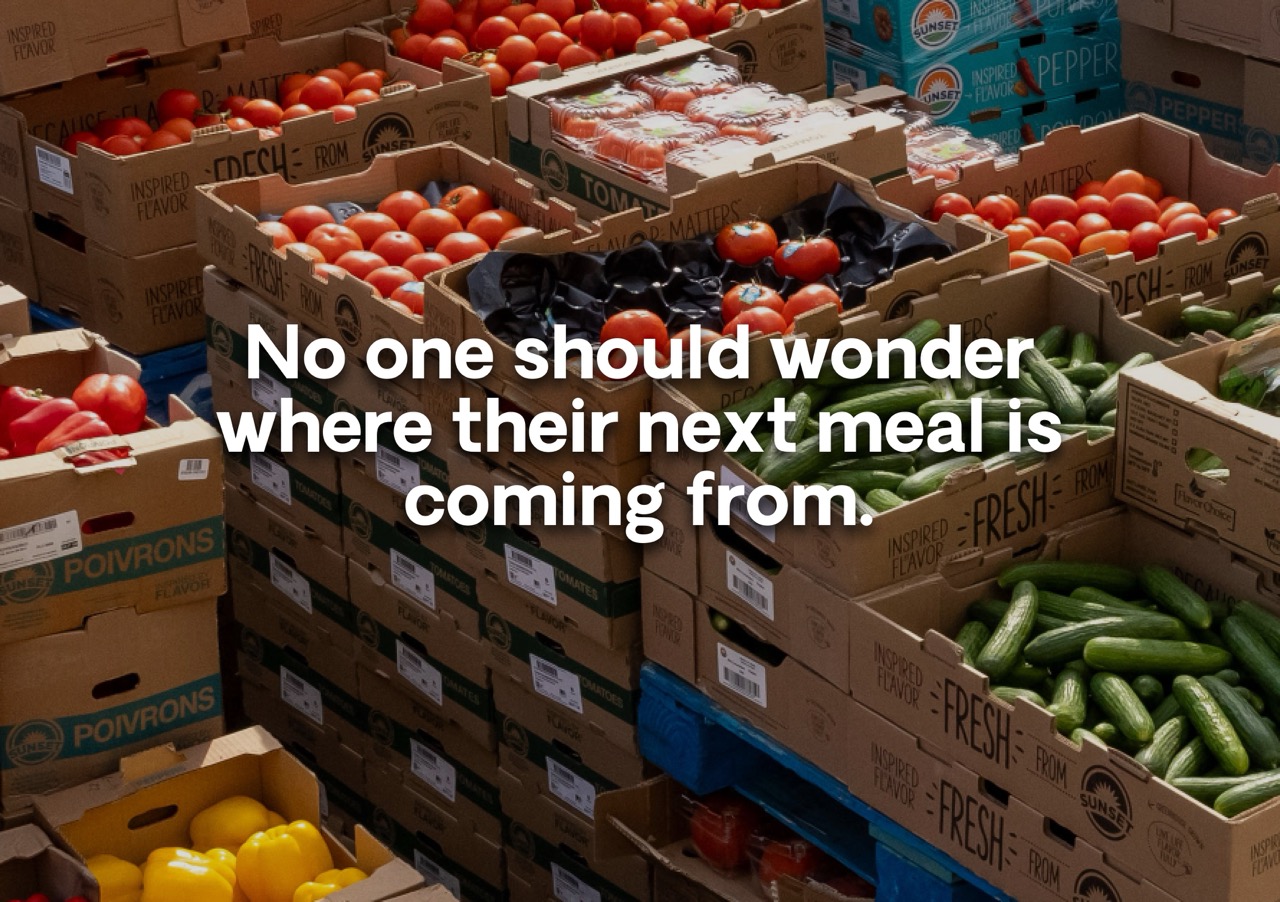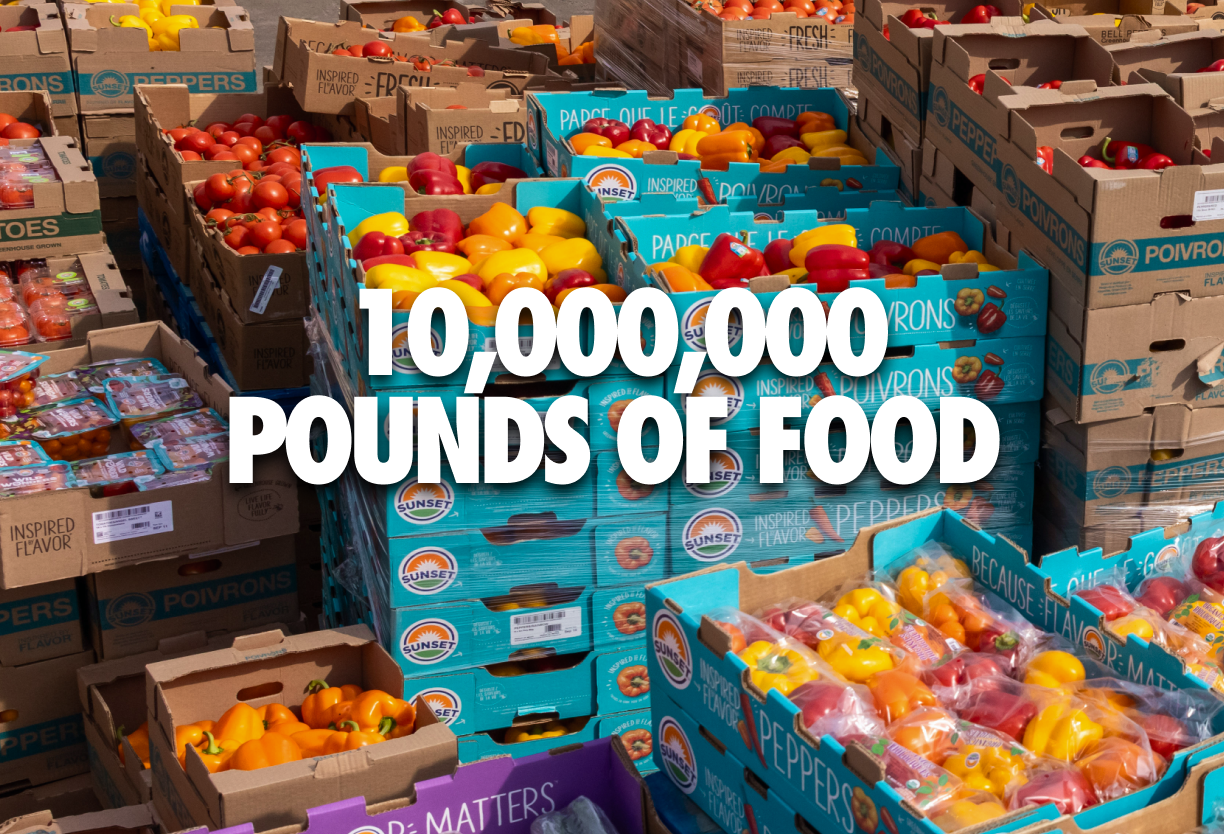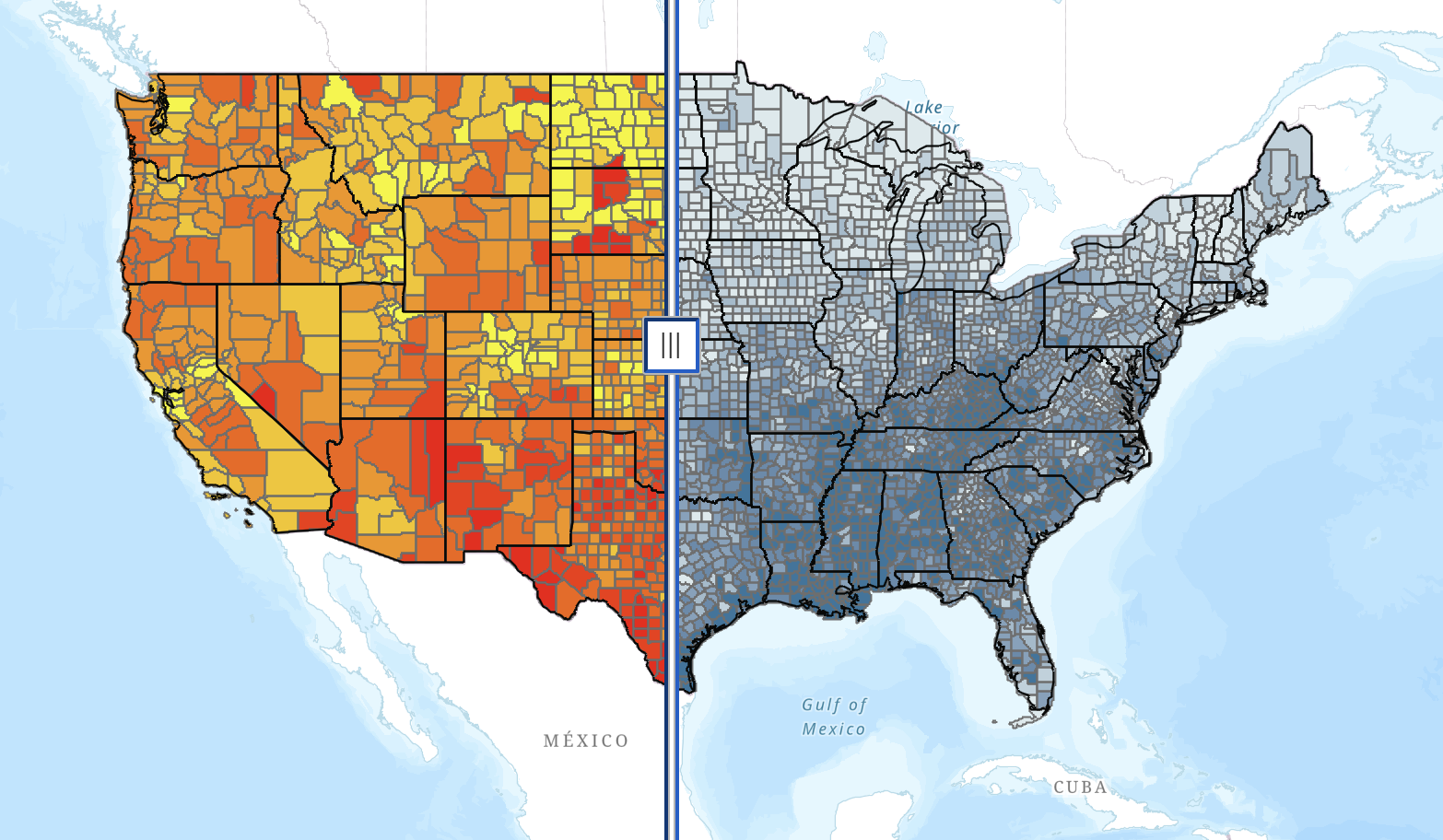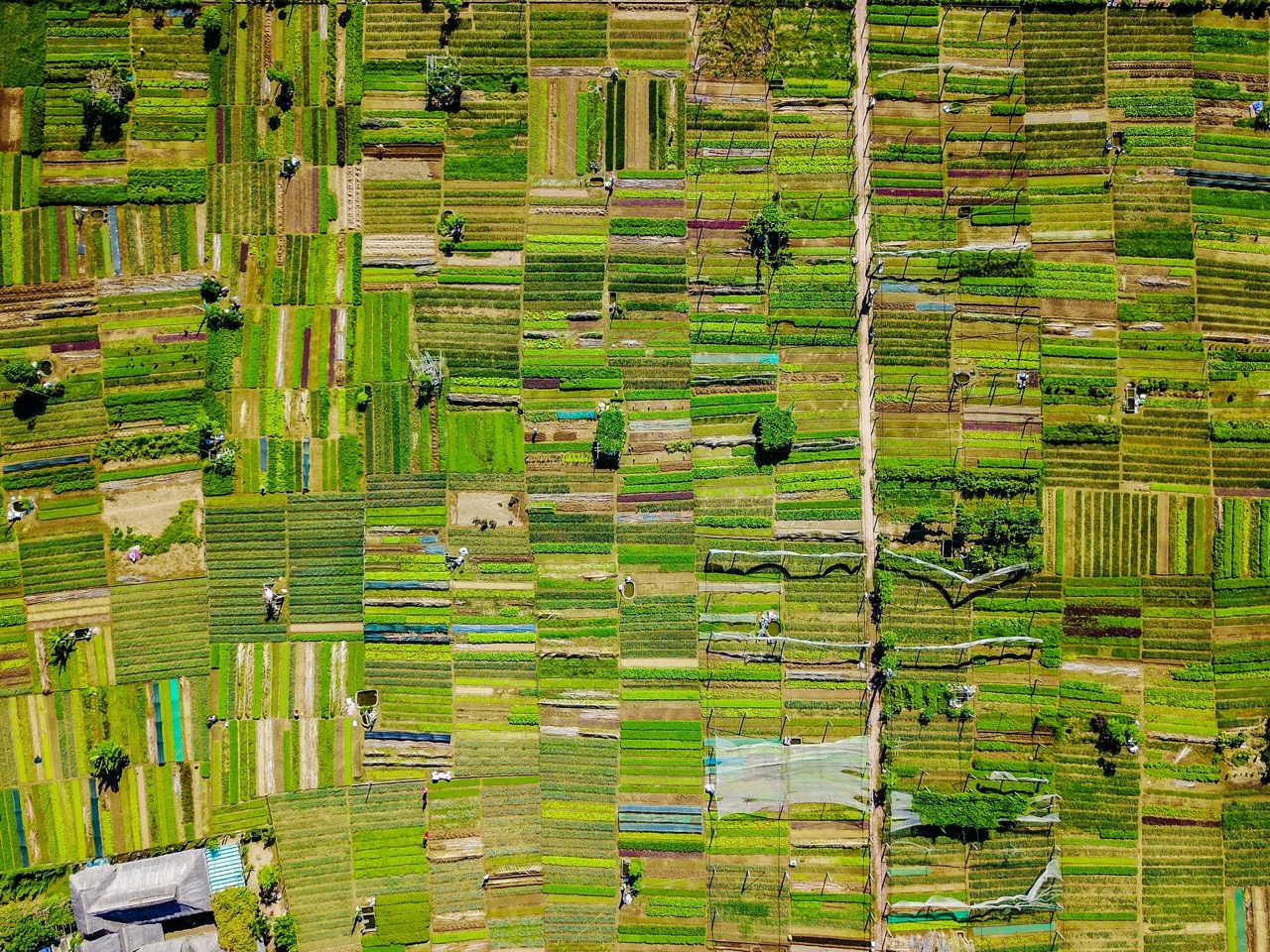Carlos Medina, founder and CEO of Vida Life Ministries, has seen the number of people that the organization serves quadruple as a result of the COVID-19 pandemic. Vida Life Ministries opens at 8:00 a.m. on Saturday mornings, but cars begin to line up by 2:00 a.m. This unsettling increase in demand isn’t just happening at Vida Life; according to Carlos, “all the large food banks know each other, and we’re all seeing the same patterns.” Vida Life Ministries supplies 285 “extension agencies,” mostly located in the San Bernardino, California area. Across all of their locations, Carlos and his team serve to 48,000 families per month (rounding out to over 200,000 individuals). In addition to providing food––each box containing over $250 worth of groceries––Vida Life Ministries helps families secure water, dry goods, and even furniture.

When asked what his priorities are in the work he does, Carlos said that he hopes that “families that are in need, that are struggling, will use us for the short term, until they get out of their situation.” His favorite thing is when people start “paying it forward” as few as two or three years later; 99.9 percent of his volunteers, Carlos said, are people who once depended on Vida Life Ministries for food themselves. It’s the people that are appreciative, he noted, the people that thank him profusely, that make the work he does so gratifying.
Since August, The Farmlink Project has facilitated the transportation of over 445,000 pounds of fresh produce to Vida Life Ministries. Carlos emphasized the importance of supplying his patrons with nutritious food; in San Bernardino County, 1 in 5 residents were food insecure as of July 2020.
< Back
Carlos Medina, founder and CEO of Vida Life Ministries, has seen the number of people that the organization serves quadruple as a result of the COVID-19 pandemic. Vida Life Ministries opens at 8:00 a.m. on Saturday mornings, but cars begin to line up by 2:00 a.m. This unsettling increase in demand isn’t just happening at Vida Life; according to Carlos, “all the large food banks know each other, and we’re all seeing the same patterns.” Vida Life Ministries supplies 285 “extension agencies,” mostly located in the San Bernardino, California area. Across all of their locations, Carlos and his team serve to 48,000 families per month (rounding out to over 200,000 individuals). In addition to providing food––each box containing over $250 worth of groceries––Vida Life Ministries helps families secure water, dry goods, and even furniture.

When asked what his priorities are in the work he does, Carlos said that he hopes that “families that are in need, that are struggling, will use us for the short term, until they get out of their situation.” His favorite thing is when people start “paying it forward” as few as two or three years later; 99.9 percent of his volunteers, Carlos said, are people who once depended on Vida Life Ministries for food themselves. It’s the people that are appreciative, he noted, the people that thank him profusely, that make the work he does so gratifying.
Since August, The Farmlink Project has facilitated the transportation of over 445,000 pounds of fresh produce to Vida Life Ministries. Carlos emphasized the importance of supplying his patrons with nutritious food; in San Bernardino County, 1 in 5 residents were food insecure as of July 2020.
Vida Life Ministries
San Bernardino County
Carlos Medina, founder and CEO of Vida Life Ministries, has seen the number of people that the organization serves quadruple as a result of the COVID-19 pandemic. Vida Life Ministries opens at 8:00 a.m. on Saturday mornings, but cars begin to line up by 2:00 a.m. This unsettling increase in demand isn’t just happening at Vida Life; according to Carlos, “all the large food banks know each other, and we’re all seeing the same patterns.” Vida Life Ministries supplies 285 “extension agencies,” mostly located in the San Bernardino, California area. Across all of their locations, Carlos and his team serve to 48,000 families per month (rounding out to over 200,000 individuals). In addition to providing food––each box containing over $250 worth of groceries––Vida Life Ministries helps families secure water, dry goods, and even furniture.

When asked what his priorities are in the work he does, Carlos said that he hopes that “families that are in need, that are struggling, will use us for the short term, until they get out of their situation.” His favorite thing is when people start “paying it forward” as few as two or three years later; 99.9 percent of his volunteers, Carlos said, are people who once depended on Vida Life Ministries for food themselves. It’s the people that are appreciative, he noted, the people that thank him profusely, that make the work he does so gratifying.
Since August, The Farmlink Project has facilitated the transportation of over 445,000 pounds of fresh produce to Vida Life Ministries. Carlos emphasized the importance of supplying his patrons with nutritious food; in San Bernardino County, 1 in 5 residents were food insecure as of July 2020.
.png)








.svg)
.svg)
.svg)